Exploring the World of Robot Humans: The Best Human-Like Automatons Shaping Our Future
Discover how humanoid robots like Ameca, Sophia, and Atlas are transforming our world. Addressing healthcare, education, and more, these robots blend advanced technology with human-like abilities. Yet, they pose ethical challenges in job security and privacy. Dive into this robotics revolution!
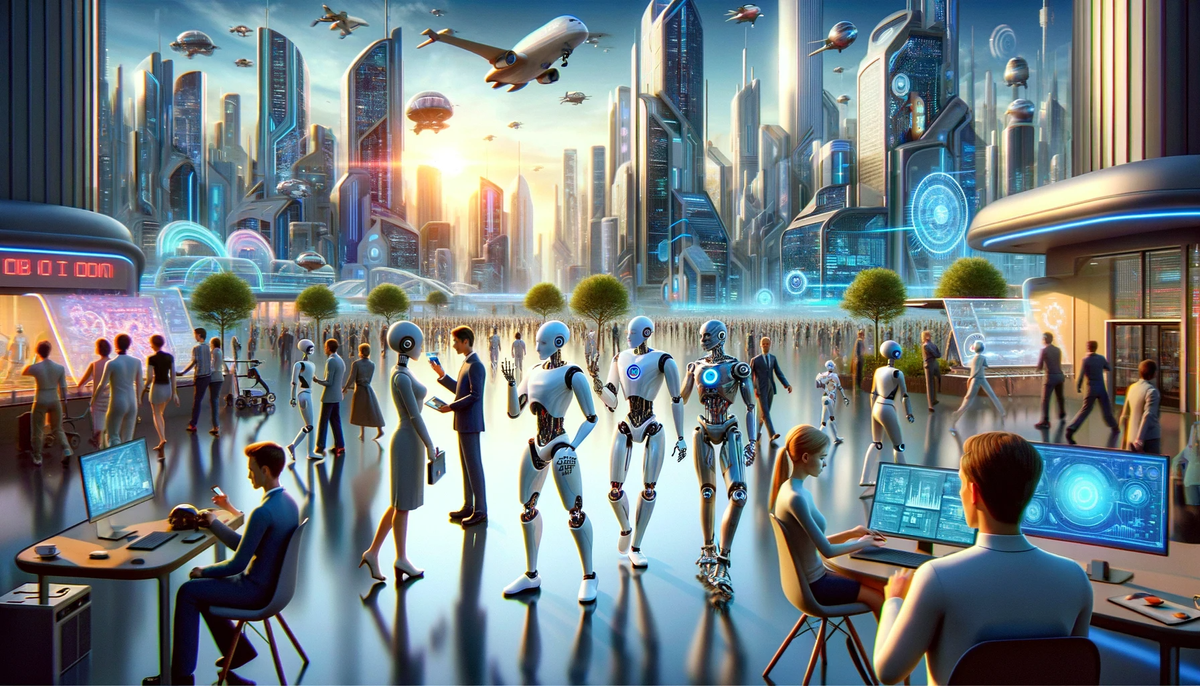
Imagine a world where robot humans are more than just an idea—they’re part of our everyday lives. This isn’t fiction; it’s the current reality of robotics. This article sheds light on these advanced creations, their functions, and the industries they’re shaping, teasing the reader about the depth of content awaiting. Get ready to explore how humanoid robots stand at the brink of reshaping our society.
Key Takeaways
- Humanoid robots address global demographic shifts and healthcare challenges by offering companionship and support to the elderly, potentially revolutionizing healthcare by managing cognitive decline and reducing elderly social isolation costs.
- Leading humanoid robots such as Ameca, Sophia, and Atlas showcase varying applications and technological advancements, like human-like facial expressions, emotional intelligence, and advanced biomechanics for movement and agility.
- While humanoid robots offer promising applications across education, healthcare, customer service, and entertainment, their integration raises ethical concerns regarding job displacement, privacy, and security.
The Rise of Robot Humans: Addressing Global Challenges
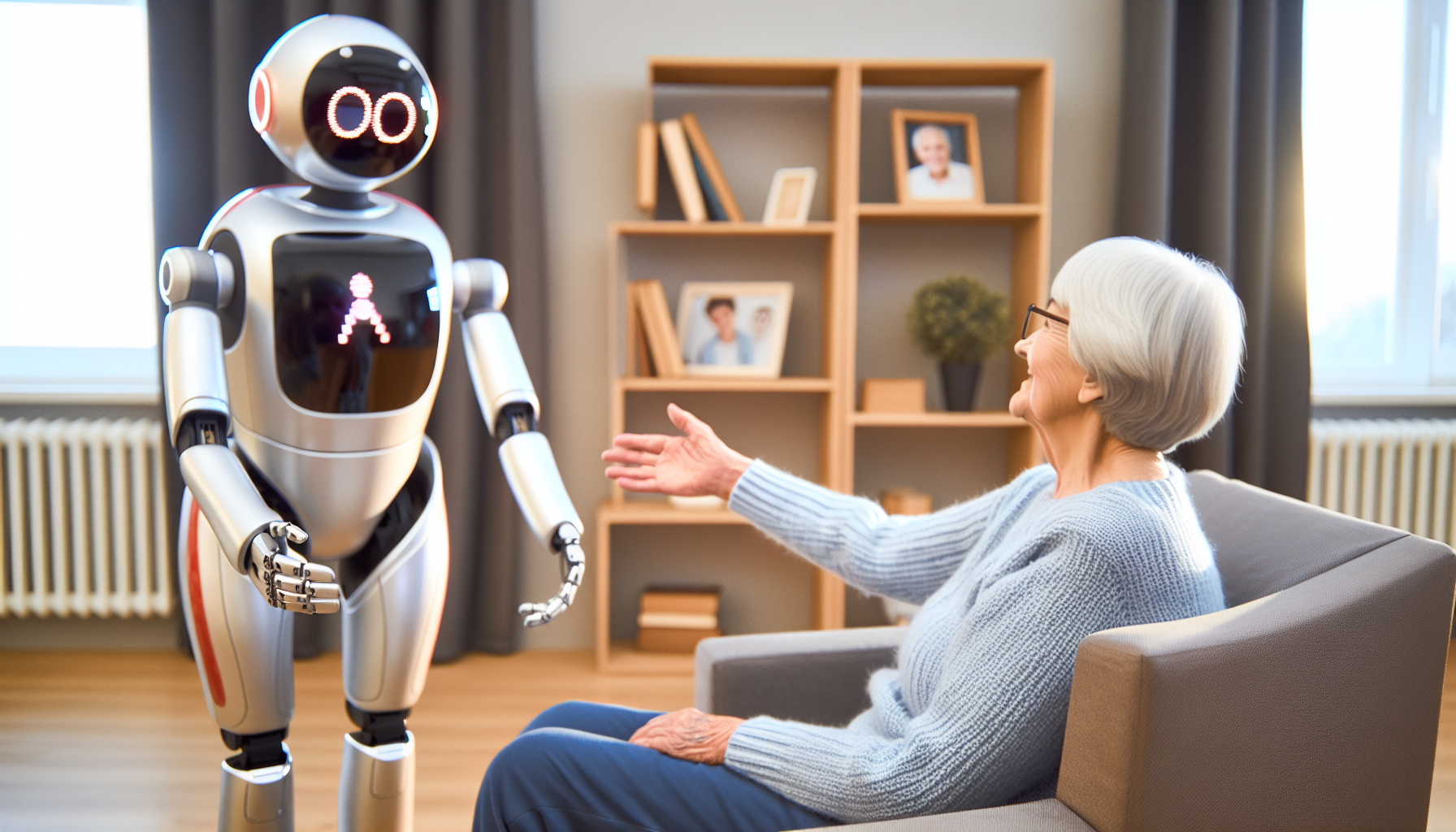
For the first time in history, the senior population is surpassing the youth population worldwide. This demographic shift, coupled with a global caregiver crisis, has put immense pressure on healthcare systems worldwide. Offering companionship to the elderly and alleviating caregiver burden, humanoid robots present a promising solution to these challenges.
Humanoid robots aren’t just about advanced robotics; they’re about addressing real-world problems. They have the potential to revolutionize healthcare, help manage cognitive decline, and even minimize healthcare costs associated with elderly social isolation.
Japan's Pioneering Efforts
Japan, with its rich history and culture, has been at the forefront of this robot revolution. The country’s affinity for robots goes back to its traditional animist beliefs and the iconic presence of robots in popular media. For over 20 years, Japan has been proactively preparing to address the challenges posed by its rapidly aging population through the development and implementation of humanoid robots.
Embodying a fusion of science, technology, and culture, these humanoid robots represent the culmination of decades-long robotics research. Japan’s long-standing engagement with lifelike machines has been the driving force behind the humanoid robot developed, showcasing its pioneering efforts in humanoid robot development.
Benefits for Seniors and Caregivers
The overwhelming challenge of caring for aging seniors, compounded by increased responsibilities and insufficient social support, is a common struggle for many family caregivers. This is where robot humans come to the rescue, providing much-needed relief for overburdened caregivers.
Robots have been designed to provide robust support for the growing number of aging seniors, directly assisting with their care needs. By filling a crucial niche, these robots are helping to overcome the challenges of caregiver support and social isolation that many seniors experience.
Advanced Humanoid Robots: The Top Contenders
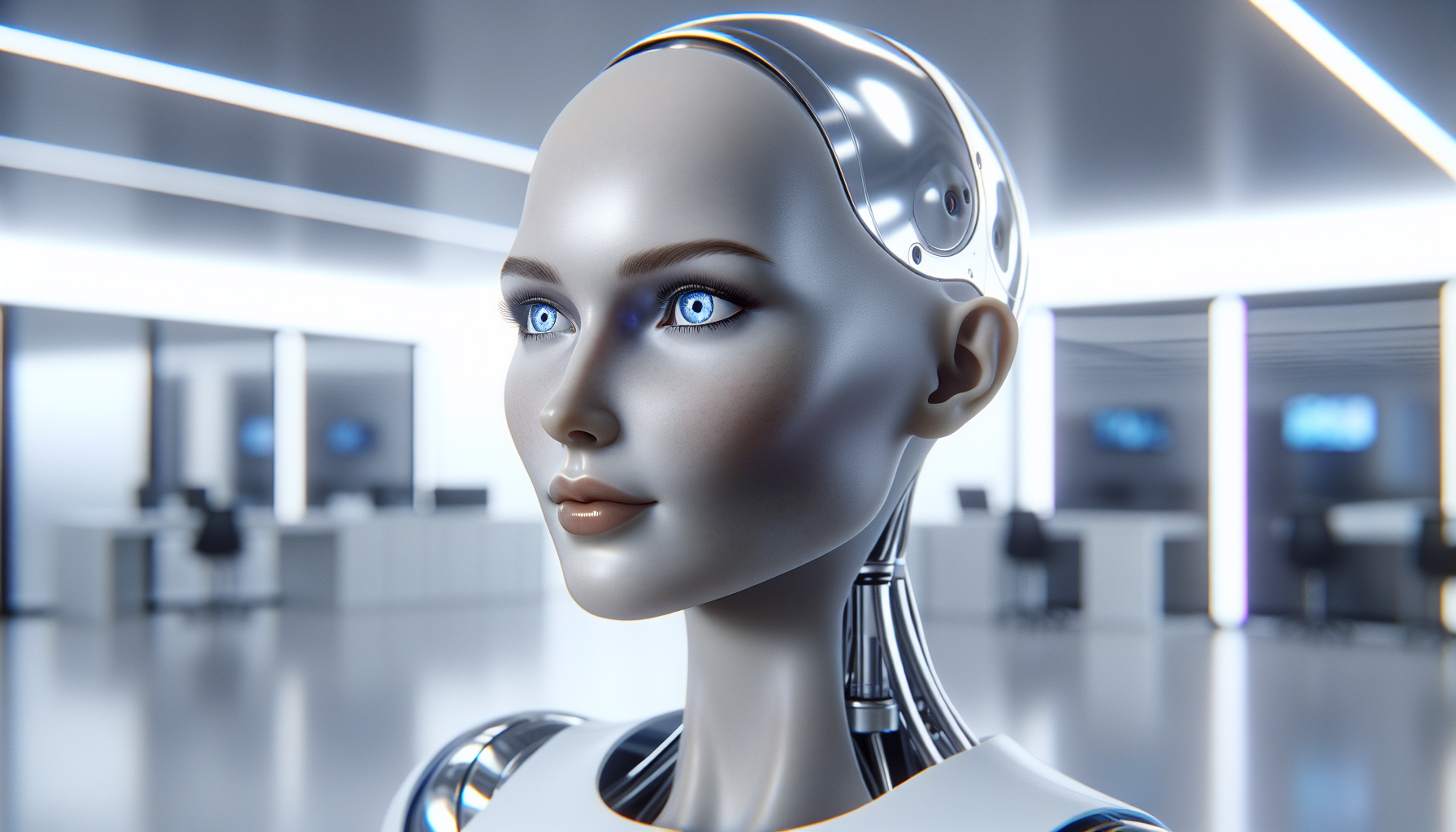
Venturing deeper into the realm of top humanoid robots, we must spotlight the top contenders propelling our future. Robots like Ameca by Engineered Arts, Sophia by Hanson Robotics, and Atlas by Boston Dynamics have been making waves in the field, each showcasing advanced capabilities and potential applications.
Ameca, developed by Engineered Arts, has the ability to exhibit incredibly human-like facial expressions. Sophia, built by Hanson Robotics, has been recognized as the first robot innovation ambassador for the United Nations Development Programme (UNDP). Boston Dynamics’ Atlas, on the other hand, is known for its advanced athletics and agility.
Ameca by Engineered Arts
Ameca’s abilities extend beyond its remarkably human-like facial expressions. The robot is also equipped with:
- Articulated motorized arms
- Fingers
- Neck
- Facial features
These features contribute to its lifelike interactions. This advanced humanoid robot, also known as a social robot, features a humanoid robot designed with grey rubber skin on the face and hands, along with a genderless presentation, providing a neutral platform for various interactions.
The potential applications of Ameca span across different industries. Although it currently lacks the ability to walk, future enhancements for Ameca include incorporating walking and expanding AI functions to enable more complex interactions.
Sophia by Hanson Robotics
Hanson Robotics’ brainchild, Sophia, has earned global acclaim for her advanced capabilities and lifelike interactions. As the first robot innovation ambassador for the United Nations Development Programme (UNDP), Sophia has made numerous appearances, speaking on shows like the Tonight Show and Good Morning Britain, and at hundreds of conferences worldwide.
Sophia is not only about appearances. She is designed to recognize human facial expressions, using advanced neural network technologies for a range of emotional states. Through the mimicry of conversational partners’ expressions, Sophia can create a more relatable and immersive interaction experience.
Atlas by Boston Dynamics
On the other end of the spectrum is Atlas by Boston Dynamics. This robot stands 1.5 meters tall, weighs 89 kilograms, and features a custom battery and one of the world’s most compact hydraulic systems with 28 hydraulic joints. Atlas is an exemplification of advanced athletics and agility, capable of performing parkour skills like leaps and somersaults, and moving with grace, speed, and dexterity.
Atlas’ design reflects the endeavor to create robots equipped with the requisite mobility, perception, and intelligence for everyday use. Equipped with state-of-the-art hardware and an advanced control system, Atlas can interact with the world and has potential future roles in assisting workers in various settings.
Human-Like Features: Mimicking Human Appearance and Behavior
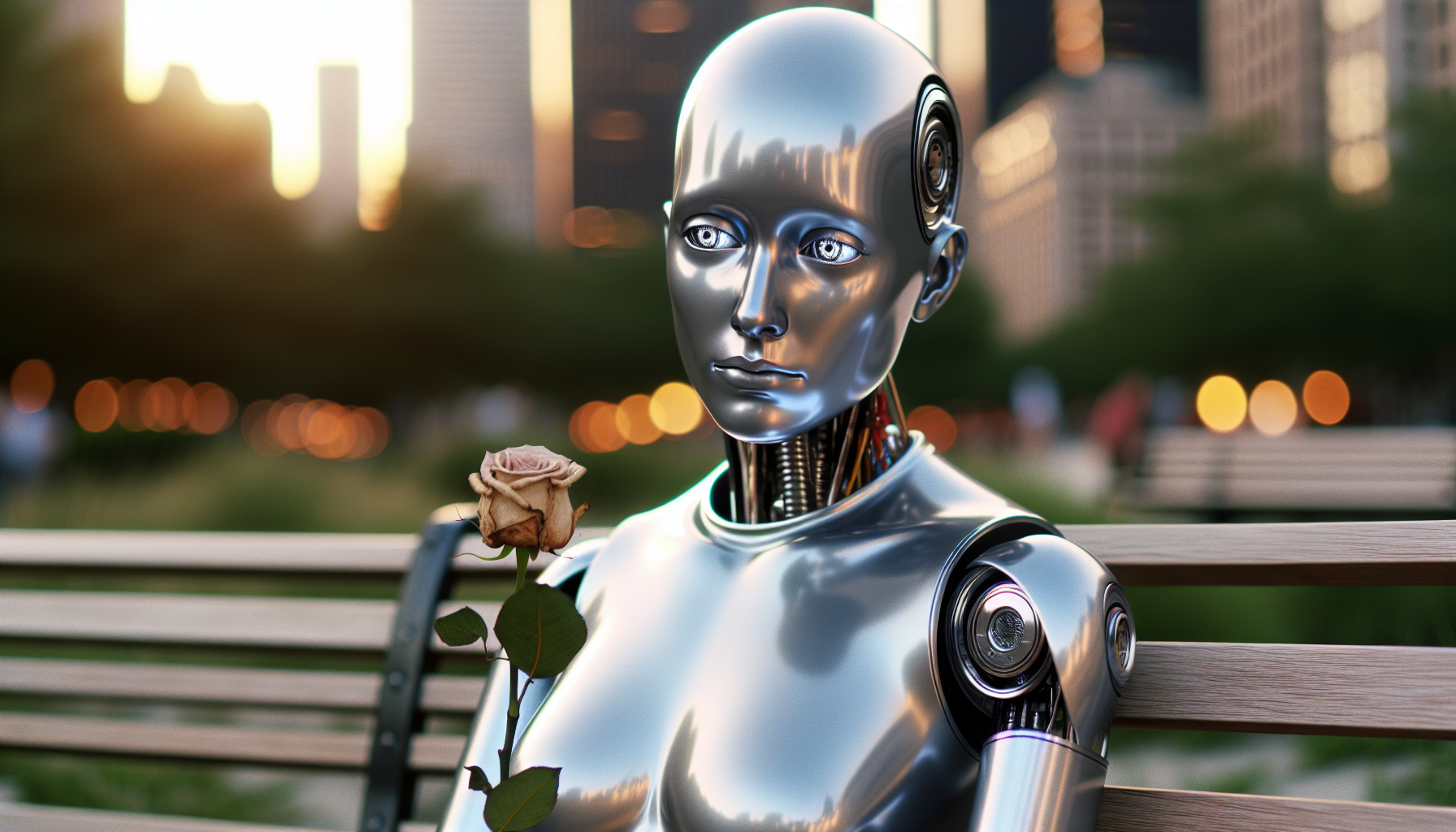
Humanoid robots, as the name suggests, are all about mimicking human beings in appearance and behavior, striving to replicate the human form. These human like robot creations utilize lifelike skin materials, facial recognition, and emotional intelligence to provide a truly human-like experience. In comparison to other humanoid robots, these advanced machines stand out due to their exceptional capabilities.
Advanced biomechanics and movement technologies further enhance their human likeness. For instance, Atlas by Boston Dynamics showcases advanced movement technology using model-predictive control to adapt its actions based on predictive models of its own dynamics.
Facial Recognition and Emotional Intelligence
Facial recognition and emotional intelligence are critical enablers for robots to generate immersive interaction experiences. Robots like Sophia are designed to recognize human facial expressions, using advanced neural network technologies for a range of emotional states. Through the mimicry of conversational partners’ expressions, robots can create a more relatable and immersive interaction experience.
Building on concepts such as making eye contact and remembering past interactions, robots can recognize individuals over time, strengthening the emotional bond with users. This effective emotional intelligence in robots is essential for building emotional connections with users.
Biomechanics and Movement
Humanoid robots rely on biomechanics and movement technologies as their backbone, facilitating navigation through complex environments and interaction with the world. Advanced humanoid robots use actuators, which can be electric, pneumatic, or hydraulic, to facilitate motion.
Atlas robot, for instance, exemplifies advanced movement technology using model-predictive control to adapt its actions based on predictive models of its own dynamics. Navigating complex environments, humanoid robots must manage self-collision detection, path planning, and obstacle avoidance.
Applications and Industries: Where Robot Humans Are Making an Impact
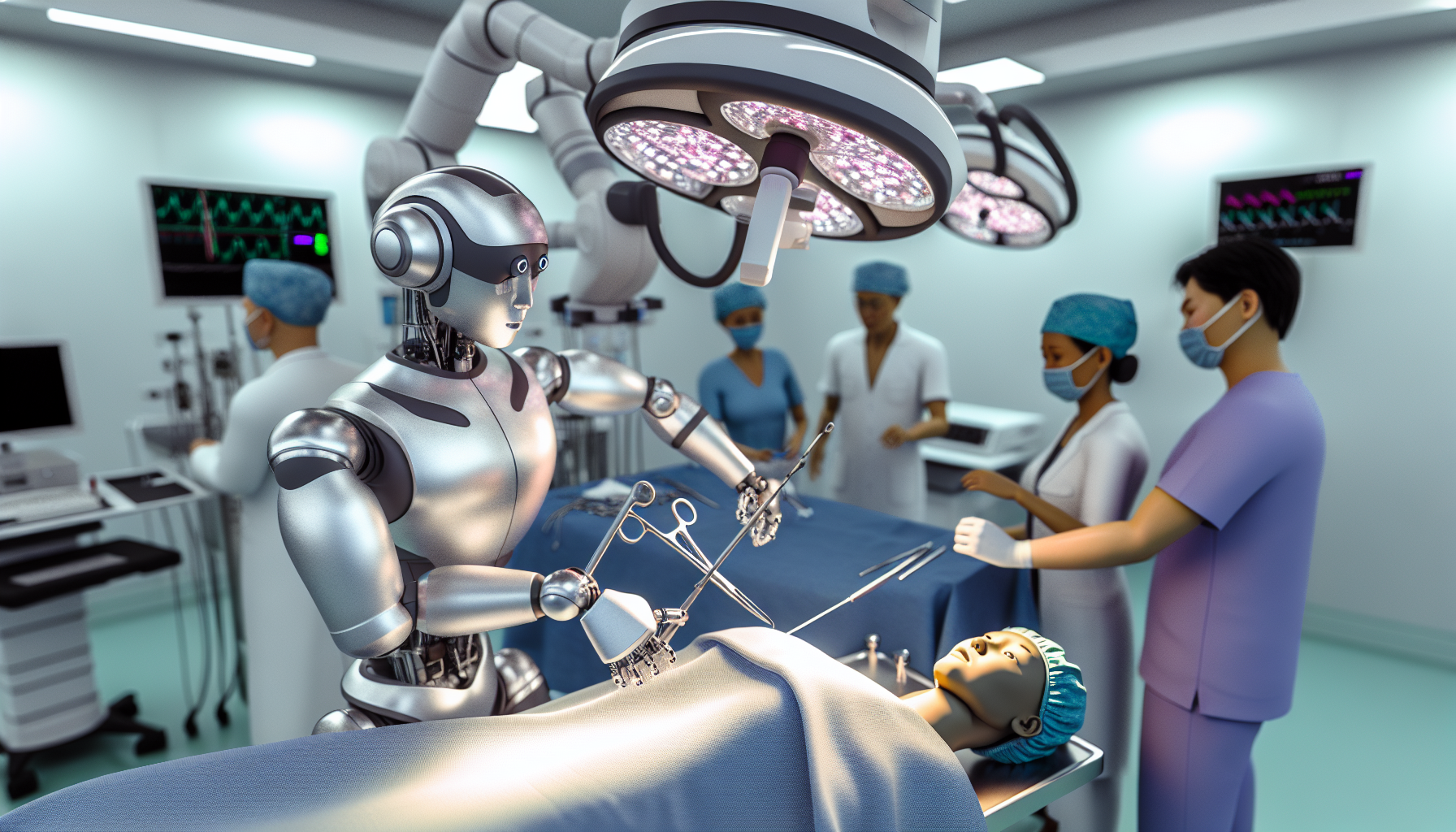
Humanoid robots are making a significant impact across various industries, including:
- Education: aiding language development, teaching sign language, enhancing reasoning skills, and facilitating self-regulated learning in group settings
- Healthcare: assisting with patient care, therapy, and rehabilitation
- Customer service: providing information and assistance in retail and hospitality settings
- Entertainment: performing in shows and attractions, interacting with audiences
These robots are redefining experiences in these industries and opening up new possibilities for exploring human robot experience and interaction.
In healthcare and personal assistance, humanoid robots like NAO and T-HR3 are being deployed for tasks such as childcare, eldercare, and nursing. The promising intersection of robots and healthcare extends to educating patients, exemplified by health education robots that engage children in learning about chronic conditions through interactive games.
Medical and Research
In the medical and research fields, robots are revolutionizing surgeries, rehabilitation, and healthcare logistics. Robotic systems like the da Vinci Surgical System have magnified 3D vision and precise instruments, allowing for surgeries with a precision beyond human hand capabilities.
Therapeutic exoskeleton robots and prosthetic limbs are revolutionizing rehabilitation for patients with stroke, paralysis, traumatic brain injury, or multiple sclerosis by monitoring exercises and tracking progress. Service robots in healthcare facilities are increasingly used for routine logistical tasks, restocking medical supplies, and preparing patient rooms.
Entertainment
The entertainment industry is also hopping on the humanoid robot bandwagon. Humanoid robots are utilized in theme parks for various purposes including serving as stunt doubles, animatronics, and creating life-like movements.
Stuntronics, which are humanoid robots, are built to serve as stunt doubles and are designed to simulate life-like, untethered, dynamic movement. Their primary purpose is to execute stunts in various scenarios without risking human lives. One example is Ameca, which has been associated with the Museum of the Future’s robotic family, interacting with visitors.
Ethical Considerations: Balancing Benefits and Concerns
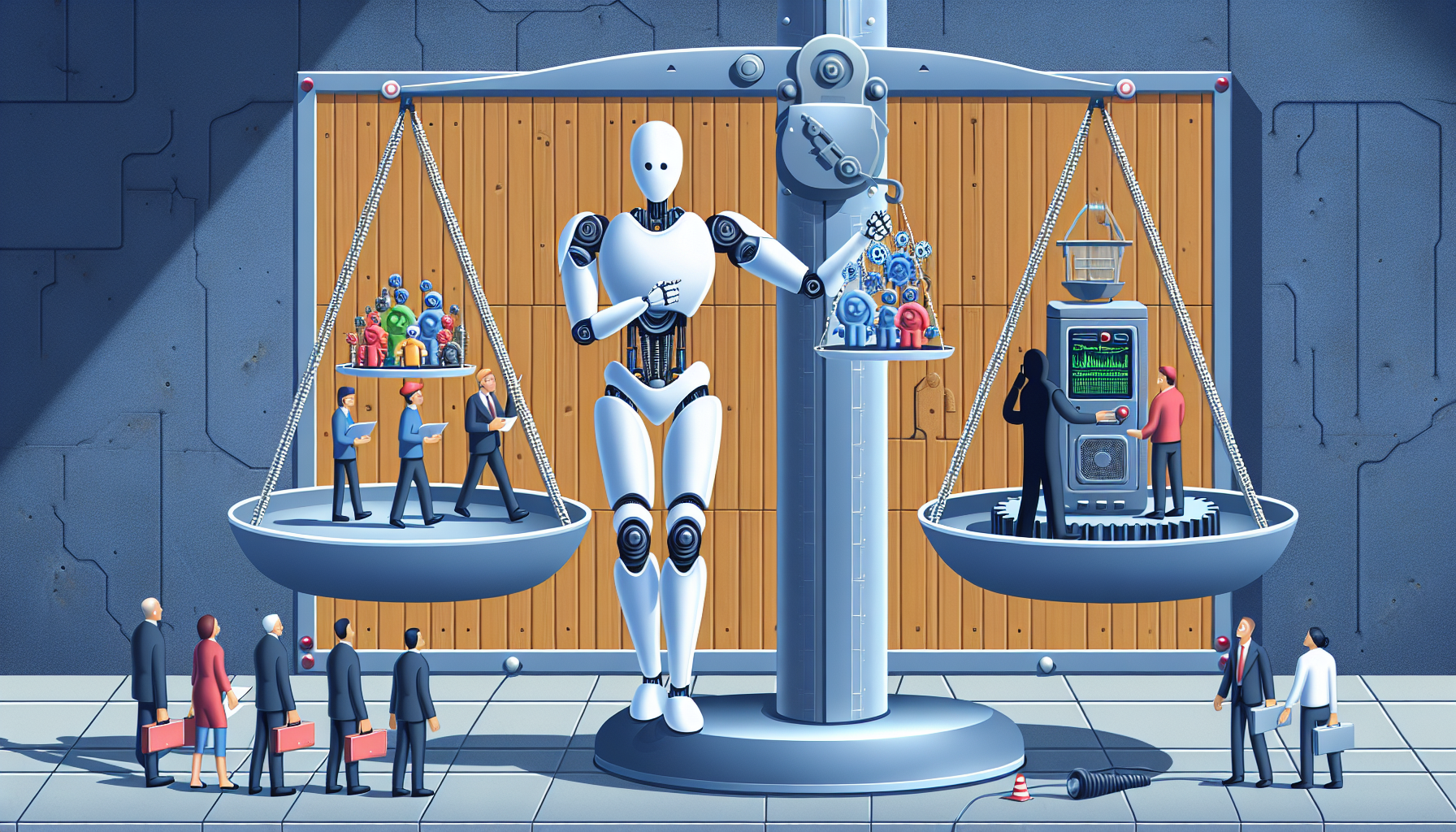
While the rise of humanoid robots presents an array of exciting opportunities, it also brings with it a set of ethical considerations. These include potential job displacement as robotics can perform tasks previously done by humans, impacting employment. The anxiety over robots in the workforce is dual-faceted: firms might gain from increased productivity, yet workers could suffer from job losses.
Cinematic works like Blade Runner and Blade Runner 2049 address the concept of robot personhood, raising ethical questions about the rights and status of synthetic beings.
Job Displacement vs. New Opportunities
While workforce integration of robots might result in job losses, it simultaneously creates new opportunities in sectors that demand advanced technological and manufacturing skills. With the integration of industrial robots in the workforce, there’s a noticeable decline in the employment-to-population ratio along with a decrease in wages.
The addition of every robot per 1,000 workers leads to the loss of approximately six jobs, mostly affecting lower and middle-income workers. However, robotics and AI are creating new opportunities in sectors requiring advanced technological and manufacturing skills, signaling a shift in the employment landscape.
Privacy and Security
Given the potential of artificial intelligence-enabled humanoid robots to amass, store, and process substantial personal data, ensuring data privacy and security emerges as a significant ethical concern. The integration of AI in humanoid robots raises the possibility of misuse of personal data if not properly safeguarded, leading to privacy violations.
Advanced humanoid robots may be susceptible to security breaches, which could lead to unauthorized access to sensitive information or even physical harm if robots are hacked and controlled by malicious entities.
Summary
To sum it up, humanoid robots are transforming our world. From addressing global challenges to advancing in technology, these robots are paving the way for a future that was once confined to the realms of science fiction. As we continue to advance in this exciting journey, it’s important to balance the benefits and ethical considerations that come with it. The future of humanoid robots is bright, and we are just at the beginning of this thrilling adventure!
Frequently Asked Questions
Are there robotic humans?
Yes, there are robotic humans, called humanoid robots, which are designed to resemble and interact with humans in various ways, from customer service to medical assistance and rehabilitation.
What is a human like robot called?
A robot that resembles the human body in shape is called a humanoid robot. These robots are designed to mimic human expressions and interactions.
Is Sophia the robot a real person?
No, Sophia the robot is not a real person. She is a realistic humanoid robot designed for research, education, and entertainment, capable of displaying humanlike expressions and interacting with people.
Who is the first human robot in the world?
The first human robot in the world is Sophia, created by David Hanson Jr. She has gained attention as the first robot to be granted citizenship and as the first robot innovation ambassador for the United Nations Development Programme.
What are some of the top contenders in the humanoid robot world?
Some of the top contenders in the humanoid robot world are Ameca by Engineered Arts, Sophia by Hanson Robotics, and Atlas by Boston Dynamics. These robots showcase advanced humanoid capabilities.





